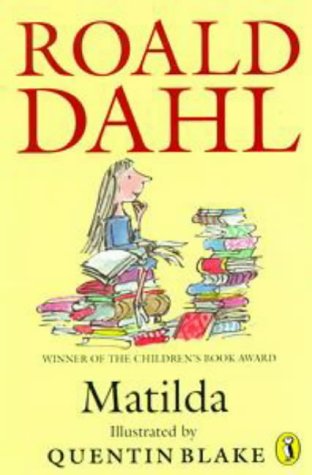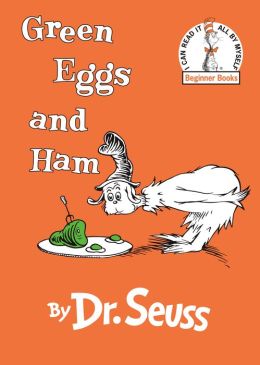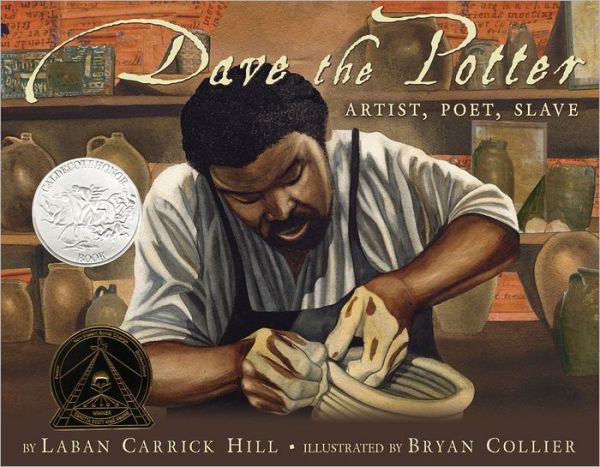It's the Christmas holidays and Ellie and a group of friends decide to go on a camping trip before school starts again. All goes well and they spend an enjoyable few days in a nearby mountainous area. When the return however, they find that their hometown has been invaded and all their friends and families have been captured. Together, they fight for survival as they try to discover the fates of their families
What makes this book stand out is the way it demonstrates how adversity can bring out certain remarkable strengths in the characters.
Courage
Having lead relatively safe and sheltered lives, Ellie and friends now have to deal with living in a country that has been invaded. Suddenly, death becomes a very real threat for all of them and they face it with remarkable courage.
After Lee gets shot, a normally timid Robyn faces the challenge of protecting her injured friend with surprising grit and determination. Although she is known to be squeamish around blood and needles, she administers painkiller injections for Lee without batting an eyelid. Homer also demonstrates tremendous tenacity, stepping up as their unofficial leader to provide the direction the group needs in challenging situations.
Resourcefulness
Having to rely on themselves, Ellie and her friends are forced to source for their own food and supplies. Knowing that they need to plan for their survival for an indefinite period of time, they start to ration their food supplies. In addition to scavenging from the houses in their neighbourhood, they also learn to have the foresight to plan for the long-term and start rearing chickens and growing their own vegetables.
We also see how innovative they can get, thinking of ways to get themselves out of difficult situations. One fantastic example is how Ellie, Robyn and Homer rescue an injured Lee using a truck with a shovel. Throughout the story, they also have to come up with numerous ingenious ways to evade soldiers and gather information about their families and the invaders.
Love
Instead of staying holed up in the wild countryside where they can remain undetected, their love for the families drives this group of teenagers to continue to venture into town to find out about the safety and living conditions of their families. They do this in spite of numerous run ins with soldiers of the invading army, risking their lives time and time again.
At the end of the book, we also see Kevin's love for Corrie when he drives her to the hospital after she gets shot. Unwilling to abandon her, he does this despite knowing that he will be leading himself straight to the enemy.
This book also provides a channel for teenagers to explore themes and issues related to war. While listening to news about the war on the radio, they find out that the motivation behind the invasion is "reducing imbalances within the region". Robyn then begins to empathise with the invaders, saying that there "doesn't have to be a right side and a wrong side."
Similarly, in order to escape from a group of soldiers, Ellie blows up a ride-on mower which kills two soldiers. After this incident, we see her facing feelings of guilt and she starts to question herself:
"Had I killed out of love of my family, as part of a noble crusade to rescue friends and family and keep our land free? Or had I killed because I valued my life above that of others? Would it be OK for me to kill a dozen others to keep myself alive?"
This can lead readers to ponder upon the following:
Can attacking another country ever be justified?
Can killing another person ever be justified?
With an exciting and fast paced plot that is full of suspense, this book is definitely an addictive read. The characters are well developed and engaging which draws readers in to be part of their adventure. This is a book that both adults and young adults will enjoy and I look forward to reading the rest of the series!



.JPG)
.JPG)
.JPG)





.JPG)

.JPG)




.JPG)












